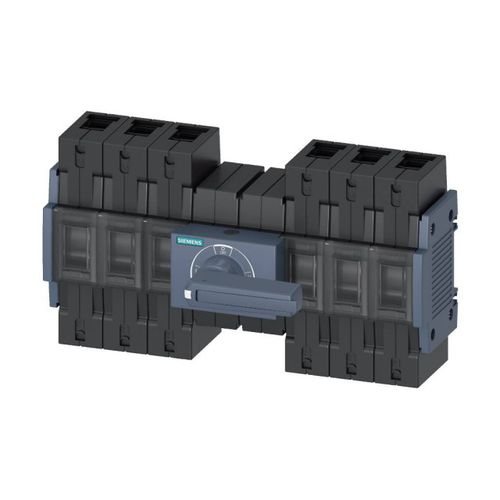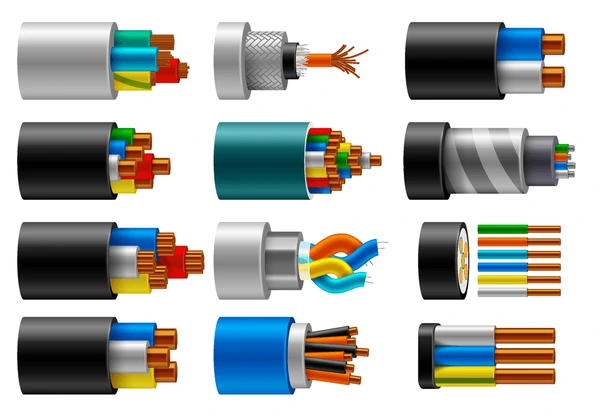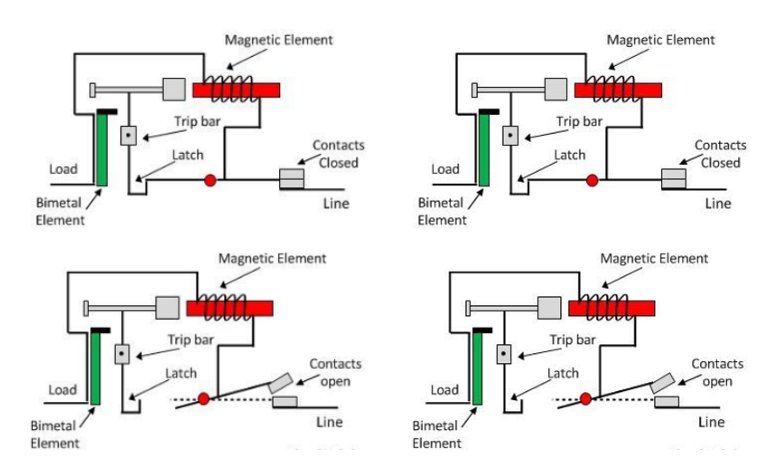Electrical enclosures such as power distribution cabinets, control panels, and switchgear assemblies are critical components in industrial and commercial electrical systems. These cabinets house sensitive equipment including circuit breakers, relays, PLCs, and transformers. However, the presence of humidity within these enclosures poses a significant risk, leading to corrosion, insulation failure, and malfunction of components. As a result, using a dedicated industrial dehumidifier becomes essential to maintain a stable and dry environment within these enclosures.
Selecting the right dehumidifier for electrical enclosure is not a one-size-fits-all approach. It requires a thorough understanding of the cabinet’s environment, dimensions, internal humidity profile, and performance requirements. This article provides a step-by-step guide for choosing the most appropriate dehumidifier solution based on technical and environmental considerations.
Environmental Assessment of Electrical Cabinets
Before selecting a dehumidifier, it is essential to conduct a comprehensive environmental assessment of the electrical cabinet. This includes evaluating multiple parameters that influence internal humidity levels:
Ambient Temperature: Electrical enclosures installed in outdoor or unconditioned spaces are more vulnerable to temperature fluctuations, resulting in condensation inside the cabinet.
Relative Humidity (RH): Areas with high ambient RH (above 60%) are prone to internal moisture accumulation unless properly ventilated or actively dehumidified.
Ventilation and Sealing: A poorly sealed cabinet or one without active ventilation allows moist air to enter and accumulate, increasing the dew point and condensation risk.
Cabinet Heating: Internal heat generated by the operating electrical devices may create a warm, moist air pocket inside, especially when the ambient air is cooler.
An enclosure exposed to wide temperature swings, high external humidity, and limited airflow is a prime candidate for a dehumidifier. These parameters also help determine the required capacity, type, and control strategy of the dehumidifier.
Determine the Cabinet Dimensions
The physical size of the electrical cabinet directly influences the volume of air to be treated. Dehumidifiers are typically rated by the volume of water they can remove from the air over a 24-hour period (usually in liters/day or pints/day) and by the cubic meter (m³) or cubic feet (ft³) of space they can effectively serve.

To determine the internal volume:
Volume (m³)=Height (m)×Width (m)×Depth (m)
For example, a standard cabinet with dimensions 2.0 m (H) × 1.0 m (W) × 0.6 m (D) has a total volume of 1.2 m³.
Smaller cabinets may require compact PTC or TEC-based dehumidifiers, whereas larger walk-in cabinets may require higher capacity units or a combination of dehumidifier and heating solutions.
Assess Humidity Conditions and Define Control Requirements
The purpose of a cabinet dehumidifier is not to maintain absolute dryness, but to prevent condensation and maintain humidity within a safe range, typically around 40%–60% RH.

Key Considerations:
Initial Humidity Level: If the cabinet is already showing signs of condensation, corrosion, or dampness, a higher-capacity dehumidifier is needed.
Target Humidity Range: Most industrial standards recommend maintaining cabinet humidity at 40%–55% RH to protect sensitive components.
Dehumidification Capacity Required (Liters/Day): This depends on:
- Cabinet size
- Ambient humidity
- Cabinet material and insulation
- Air exchange rate
- Internal heat load
A typical rule of thumb is that for every 1 m³ of cabinet volume in a high-humidity environment (>70% RH), at least 10–20 mL/hour of moisture removal is needed to stabilize the internal RH within safe limits.
Example Calculation:
For a 2.0 m³ cabinet in a 90% RH environment, assuming a desired RH of 50%:
Required removal: 20 mL/hour × 2.0 m³ = 40 mL/hour = 0.96 L/day
Suggested dehumidifier: ≥1 L/day capacity
Additionally, the dehumidifier should include a hygrostat or humidity sensor to enable automated operation and avoid unnecessary power consumption.
- Evaluate Dehumidifier Capacity and Power Consumption
Capacity and power rating are two key performance indicators when selecting a dehumidifier:
| Parameter | Description |
| Dehumidification Capacity | Expressed in L/day; match it with calculated requirement |
| Power Rating | Typically between 10W and 60W for cabinet models |
| Operating Voltage | Usually 12VDC, 24VDC, or 220VAC |
| Installation | DIN-rail or panel mount options are common in compact units |
| Noise & Vibration | Should be minimal for sensitive electronic environments |
For small cabinets (<1.5 m³), compact thermoelectric (TEC) or PTC dehumidifiers are sufficient and cost-effective. Larger enclosures or high-humidity locations may benefit from compressor-based systems, though these are rarely used inside sealed cabinets due to size and vibration concerns.
Confirm Operating Temperature Range
Electrical cabinets are deployed in various environmental conditions, from tropical climates to freezing outdoor substations. It is essential to ensure that the dehumidifier can function within the expected temperature range.
| Climate Condition | Required Operating Range |
| Indoor/Controlled Area | 0°C to 45°C |
| Outdoor/Unheated Space | -20°C to 60°C (with frost protection) |
| High Altitude | Consider derating due to thin air |
Why It Matters:
Some dehumidifiers (especially TEC-based) are less efficient in cold environments, and moisture can condense on internal components. Choose models with built-in thermal compensation or heating to maintain performance.
For extreme cold environments, a combination of cabinet heater + dehumidifier is recommended to prevent dew point from being reached inside the enclosure.
Conclusion
Choosing the right dehumidifier for an electrical cabinet is a critical step in ensuring long-term system reliability. By conducting a thorough evaluation of environmental factors, cabinet volume, and humidity conditions, users can select a dehumidification solution that:

Prevents electrical faults and corrosion
Minimizes maintenance costs
Ensures optimal performance of sensitive equipment
Leading industrial dehumidifier suppliers, such as those listed on sell-best.com, offer a wide range of compact, efficient models designed specifically for electrical enclosures. Whether your application is a remote wind turbine, a transformer station, or a factory control panel, selecting the correct dehumidifier based on calculated needs ensures your equipment stays protected—rain or shine.






